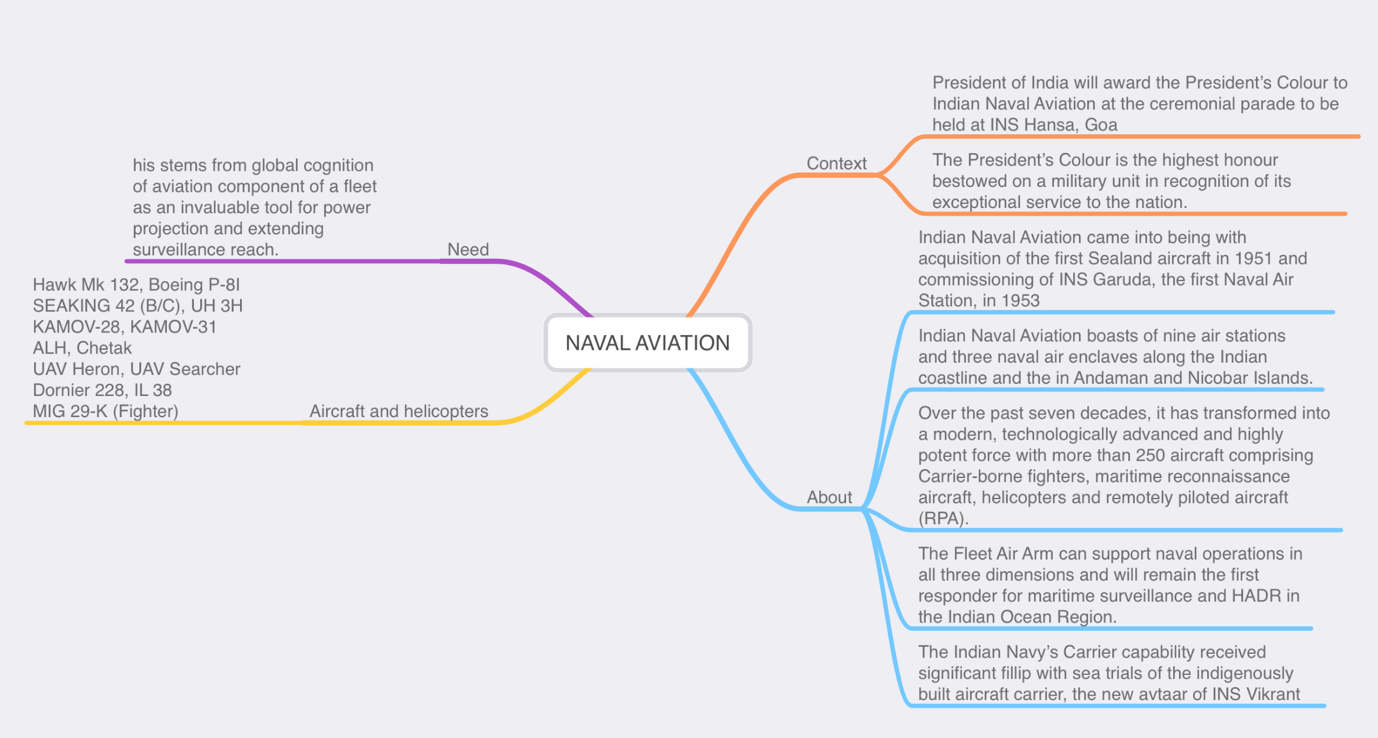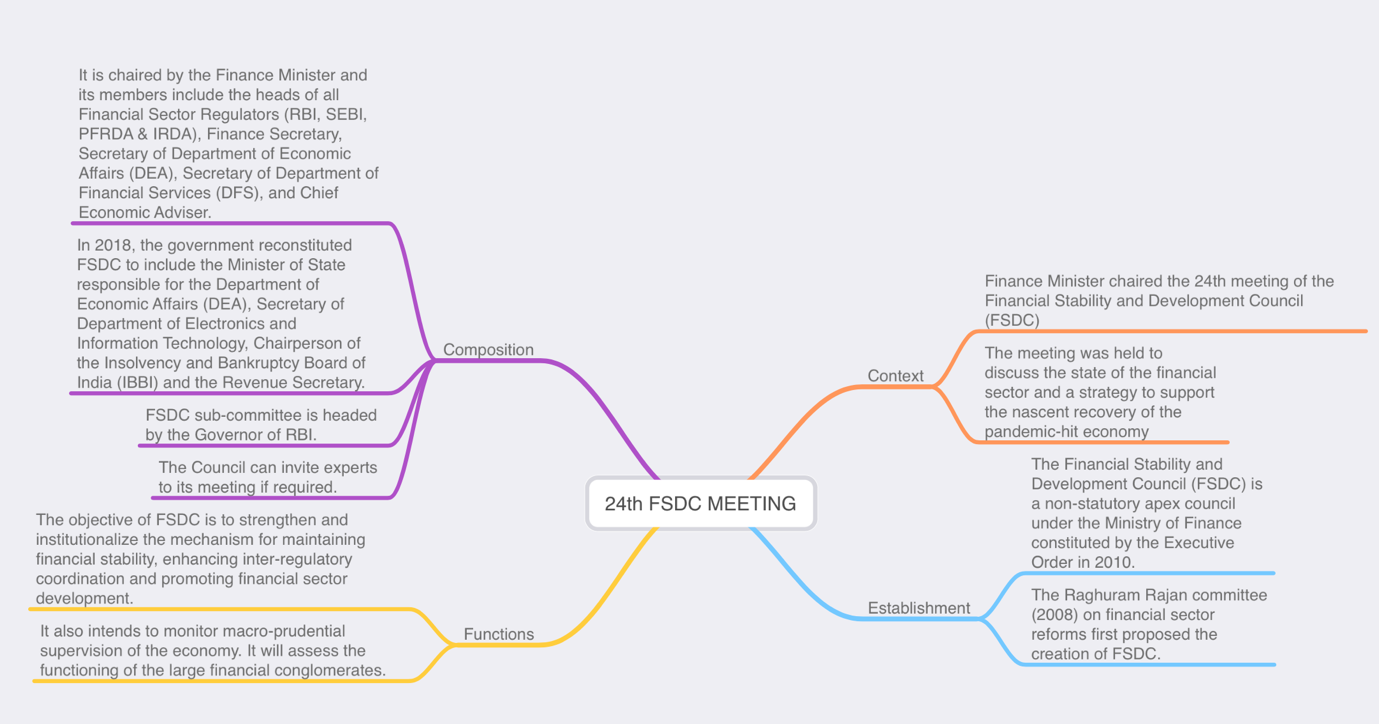AIR Discussions (September 1st Week)
AIR SPOTLIGHT: KARBI ANGLONG PEACE ACCORD
CONTEXT:
- In a bid to end years of violence in the Karbi Anglong, a tripartite agreement was signed between the government of India, the Assam government, and five factions of the region.
- Recently,1,040 insurgents of five militant groups of Karbi Anglong district laid down arms.
BACKGROUND:
- The policy of the government is clear that it is open to those willing to lay down arms, but the attitude of the central and state governments towards those who support terrorism shall be zero tolerance.
- The tripartite MoU was signed twice in 1995 and 2011.
- But due to apathy by the old governments, despite these agreements, peace could not be established in Karbi-Anglong.
SIGNIFICANCE OF KARBI ANGLONG PEACE ACCORD:
- The accord is significant as Karbi Anglong, which is the territory of ethnic Karbi tribals, has seen years of violence, killings and abduction in the rebels’ fight for a separate homeland.
- It’s a very significant development, for Karbi Anglong or Assam and also for Nagaland.
- It means that all insurgent outfits of Karbi Anglong district have now been brought into the mainstream which will reduce the influence of Naga militant outfits in Assam.
- It will ensure a life of dignity and respect for those who have surrendered arms by facilitating opportunities for livelihood and employment.
Details of the accord:
- Under the peace accord, more than 1,000 ultras have agreed to abjured violence and join the peaceful democratic process as established by law of the land.
- The peace agreement will ensure greater devolution of autonomy to the Karbi Anglong Autonomous Council (KACC), protection of identity, language, culture of Karbi people and focussed development of the council area, without affecting the territorial and administrative integrity of Assam.
- The Centre will provide a development package of ₹1,000 crores over the next five years, to the Assam government to undertake projects for the evolution of Karbi areas.
- Under the agreement, the Assam government will set up a Karbi Welfare Council for focused development of Karbi people living outside the KAAC area.
- The consolidated fund of the State will be augmented to supplement the resources of KAAC.
- Overall, the present settlement proposes to give more legislative, executive, administrative and financial powers to KAAC.
INSURGENCY FREE PROSPEROUS NORTH EAST:
For the North-East region, the Union Home Minister has identified three objectives:
- The first objective is to preserve and protect its dialects, languages, dance, music, food, culture and to create attraction for it all across India.
- The second is to end all disputes in the Northeast and make it a peaceful region.
- And the third important objective is to make the Northeast a developed region and try to bring it back at par with the level of contribution made in pre-independence GDP.
MAJOR AGREEMENTS OF THE NORTHEAST:
- NLFT Tripura Agreement:
- The agreement was signed in 2019.
- As per the MoU, for the overall development of the tribals of Tripura, a Special Economic Development Package (SEDP) of Rs.100 crore by the Government of India during a period of five years.
- Bru Accord:
- For permanent settlement of 6959 Bru families in Tripura with a financial package of about Rs.661 crore Government of India, Tripura and Mizoram with representatives of Bru migrants in 2020 signed this historic agreement.
- As per the agreement, each resettled Bru family will be provided a fixed deposit of Rs.4 lakh as financial assistance, free ration, five thousand rupees per month for two years, Housing assistance at the rate of Rs.1.5 lakh and a land plot.
- Bodo Peace Accord:
- A MoU was signed in 2020 by the Government of India, Assam and representatives of Bodo groups to resolve the long pending Bodo issue
- A Special Development Package (SDP) of Rs. 1500 crore (Rs 750 crore by the DONER Ministry, Government of India and Rs 750 crore by the Government of Assam) during a period of three years for the overall development of Bodo areas in Assam will be provided.
ABOUT KARBI INSURGENCY:
- Karbi a major ethnic community of Assam
- The Karbi insurgency is one of the several insurgencies that Assam has faced over the years.
- The insurgency started by several factions and splinters which have been marked by killings, ethnic violence, abductions and taxation since the late 1980s.
- These outfits originated from the core demand of forming a separate state
- The entire political discourse in this constituency revolves around the demand for granting of “Autonomous State” status to the region and more autonomy and power to the KAAC and the North Cachar Hills Autonomous Council (which administers over Dima Hasao district).
KARBIS:
- The Karbis mentioned as the Mikirs in the Constitution Order, constitute an important ethnic group in the hill areas of Assam.
- However, they never call themselves Mikir but call themselves Karbi and sometimes Arleng which literally means a man.
- Although at present, they are found to inhabit the Karbi Anglong District, nevertheless, some Karbi inhabited pockets are found in the North Cachar Hills, Kamrup, Morigaon, Nagaon and Sonitpur districts also.
Karbi Anglong District:
- The Karbi Anglong District is situated in the central part of Assam, bounded by the state of Nagaland.
- The district with dense tropical forest-covered hills and flat plains
- Karbi Anglong is geographically divided into two parts — East Karbi Anglong (EKA) and West Karbi Anglong (WKA).
- The Karbi Anglong District Council (KADC), which looks after safeguarding the rights of the tribal people, was upgraded to Karbi Anglong Autonomous Council (KAAC) in April 1995.
- The Karbi Anglong Autonomous Council (KAAC) is an autonomous district council, protected under the Sixth Schedule of the Indian Constitution.
6th Schedule:
- The Sixth Schedule of the Constitution provides for the administration of tribal areas in Assam, Meghalaya, Tripura and Mizoram to safeguard the rights of the tribal population in these states.
- This special provision is provided under Article 244(2) and Article 275(1) of the Constitution.
- Passed by the Constituent Assembly in 1949, the Sixth Schedule was formulated to provide the limited autonomy to the tribal regions of North-East.
- It was based on the reports of Bardoloi Committee formed by the Constituent Assembly.
- It gives the tribals freedom to exercise legislative and executive powers through an autonomous regional council and autonomous district councils (ADCs)
- The tribal areas in the four states of Assam, Meghalaya, Tripura and Mizoram have been constituted as autonomous districts. But, they do not fall outside the executive authority of the state concerned.
- The governor is empowered to organise and re-organise the autonomous districts.
- If there are different tribes in an autonomous district, the governor can divide the district into several autonomous regions.
- Each autonomous district has a district council consisting of 30 members, of whom four are nominated by the governor and the remaining 26 are elected on the basis of adult franchise.
- The elected members hold office for a term of five years (unless the council is dissolved earlier) and nominated members hold office during the pleasure of the governor.
- Each autonomous region also has a separate regional council.
- Powers:
- They can make laws on certain specified matters like land, forests, canal water, shifting cultivation, village administration, inheritance of property, marriage and divorce, social customs and so on. But all such laws require the assent of the governor.
- The district and regional councils within their territorial jurisdictions can constitute village councils or courts for trial of suits and cases between the tribes. They hear appeals from them.
- The jurisdiction of the high court over these suits and cases is specified by the governor.
- The district council can establish, construct or manage primary schools, dispensaries, markets, ferries, fisheries, roads and so on in the district. It can also make regulations for the control of money lending and trading by non-tribals. But, such regulations require the assent of the governor.
- The district and regional councils are empowered to assess and collect land revenue and to impose certain specified taxes.
- The acts of Parliament or the state legislature do not apply to autonomous districts and autonomous regions or apply with specified modifications and exceptions.
- The governor can appoint a commission to examine and report on any matter relating to the administration of the autonomous districts or regions. He may dissolve a district or regional council on the recommendation of the commission.
- Autonomous Districts under 6th Schedule

https://static.pib.gov.in/WriteReadData/specificdocs/documents/2021/sep/doc20219421.pdf
https://pib.gov.in/PressReleasePage.aspx?PRID=1752066
NEWS IN BRIEF: PRELIMS SPECIAL
NAVAL AVIATION

24TH FSDC MEETING

NIPAH
- After a gap of over three years, a case of the zoonotic Nipah virus infection has been reported in Kozhikode district of Kerala.
- Nipah is a zoonotic virus (it is transmitted from animals to humans).
- It first broke out in Malaysia and Singapore in 1998 and 1999.
- It first appeared in domestic pigs and has been found among several species of domestic animals including dogs, cats, goats, horses and sheep.
- The virus is transmitted to people from animals and can also be passed on through contaminated food or directly from person-to-person.
- Fruit bats are considered to be a natural reservoir of the virus.
https://newsonair.com/2021/09/05/12-year-old-boy-dies-of-nipah-virus-infection-in-kerala/



1.png)
